Schoolchildren are being invited to learn more about archaeology at a farm project in Fife.
Two years ago the project was set up to explore the history of land occupation around a farm in north east Fife during the Neolithic period some 6000 years ago.
Since then, students from the University of St Andrews have been working with the owner of Pittarthie Farm to unlock the secrets of the land’s history and discover more about the people who lived and worked there through the centuries.
College students and pupils from local schools have visited the farm and organisers are keen for more to get in touch so they can learn about the project.
I am interested in archaeology and history so I was delighted to accept an invite to Pittarthie Farm recently to hear more about the venture.
I took part in a dig and learned about the medieval artefacts – with the majority of evidence coming from the 16th century – which the team have unearthed so far.
How did the archaeology project begin?
My guides were Erik Crnkovich, principal investigator, and Joe Lippitt, archaeological supervisor, who are both students at the University of St Andrews.
Also working on the project are supervisors Kristoffer Naas and Anna Robinson.
The Petardy Historic Landscape Project began back in 2020 when Erik met with the landowner and landscape historian, Patrick Bowden-Smith.
Together they decided to study the land in and around the farm and involve the local community in the scheme.
An initial field survey was carried out in the winter of 2020-21 before a more in-depth exploration began last June and July when students set up trial trenches across the farm to examine key sites.
Erik said: “The project’s goal is to explore the history of occupational and environmental change at Pittarthie Farm.
“But it was also started to give the students at the University of St Andrews some hands-on archaeological experience and training as well as other members of the community.
Laying the project groundwork
“It happened at the right time because it was during the pandemic and this gave us a chance to work outdoors.
“The first field season laid the groundwork for the future of the project and showed there was potential not only for teaching here, but also for research.”
Erik and Joe walked with me to the site of their main excavations for the 2022 summer season where the students have dug two trenches.
Here they said the work they have done so far has given a glimpse into the life of the farmstead back in the late 19th and early 20th centuries.
The project supervisors noted how the first trench reveals the well-preserved surface of an early modern, cobbled road packed in between larger stones.
While the second trench has been opened over the site of a possible smithy (blacksmith’s workshop).
My most exciting find was a late medieval/early modern horseshoe, dating back to the 1500s.”
Joe Lippitt, archaeological supervisor
Although they don’t have concrete evidence that a smithy did once exist there, they have found items which support the theory.
Joe explained: “We have found fragments of iron and slag (a waste by-product of metal smelting) but my most exciting find was a late medieval/early modern horseshoe, dating back to the 1500s.
“I found it above the floor of the blacksmith’s last year which was amazing.
“Your instinct is to yank it from the ground but you can’t do that because it can be quite delicate due to its age.
‘A painstaking process’
“You will be peeling layers of dirt back when you are looking for items and it has to be done slowly to preserve them.”
I soon discovered myself just how painstaking the process is when I was given the opportunity to dig.
As I grabbed a trowel and got down on my knees in the first trench, which revealed the surface of the cobbled road, Erik and Joe told me about some of the items they have previously found in this area.
They included fragments of a ceramic smoking pipe, pieces of a bowl and other medieval pottery which gives a glimpse into the lives of those who owned and those who worked on the land.
As I worked alongside the students, Erik showed me that the best way to dig was to focus on one section and start at the top of the trench.
I then had to gently remove layers of soil in a vertical motion with the trowel, until I reached the bottom of the trench.
Then, you go back to the top and work your way down to the bottom again, going over the same area, peeling away more layers of soil.
If I came across anything which looked like a potential find, I had to let Erik know so he could record it.
On a couple of occasions, I could feel the excitement building as I unearthed two pieces which I hoped were medieval pottery.
However, they were only bits of smelting waste and charcoal!
Finding something special
The sieving of soil and digging for hours on end is not easy work.
But it would be worth it if you find something special.
Erik gave me a good example of one.
He said: “A few seasons ago a sword pommel was found in the land which may have belonged to a laird.
“The Museum of Scotland dated it back to 1200-1340.
“It was a fantastic find.”
Schoolchildren learning local Fife history
The organisers explained why they are keen to have school groups visit the project.
Joe said: “We always want to encourage young people to join the profession and to dig, but we also want them to have a fondness for and develop an understanding of archaeology.
“We want to show them the importance of curating and preserving evidence and also being respectful of history.
“We have taken school groups on a tour of the site and shown them things on the ground.
It is a way of engaging them in their own history so we welcome more school groups to reach out, take part in one of our historic landscape tours and learn more about the project.”
Erik Crnkovich, principal investigator
“We have said to them ‘what is this? Is it a rock or a piece of agricultural pipe or flint, or a piece of pottery?
“Then when we are doing some field walking and they see something cool, they are picking it up and saying what is this? We can then explain what it was used for.”
Erik added: “It is about giving them the opportunity to learn about their local history and engage with their local history on the landscape.
“We would welcome more school groups to reach out, take part in one of our historic landscape tours and learn more about the project.”
To find out more or to organise a visit, email Joe.
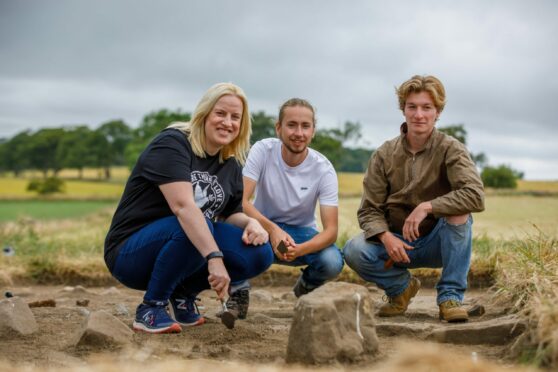
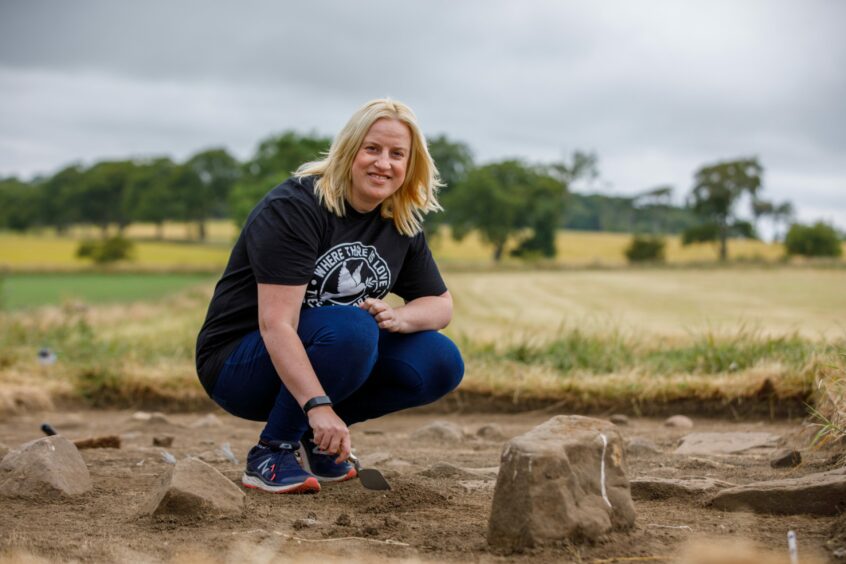
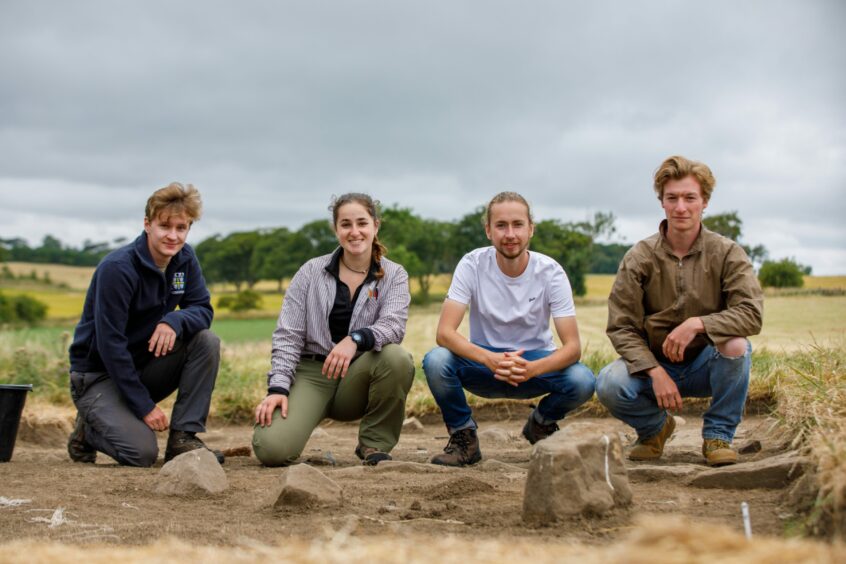
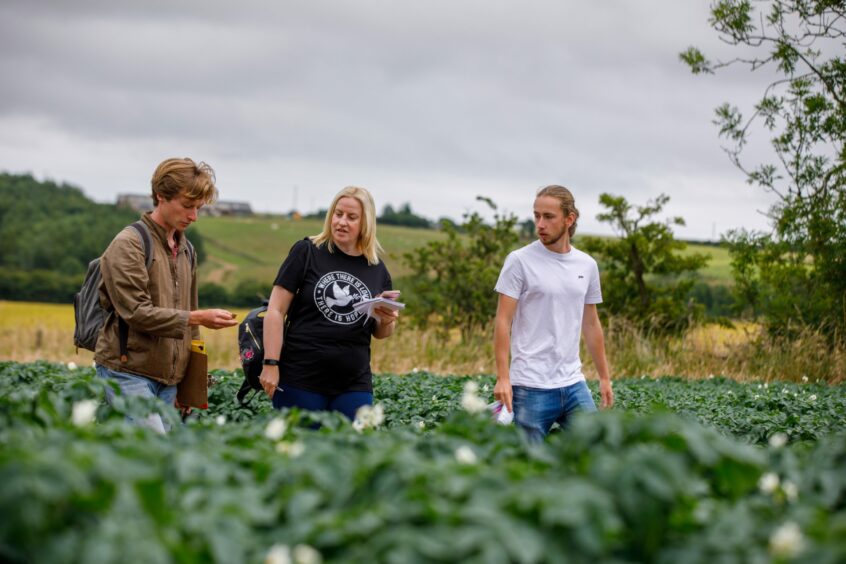
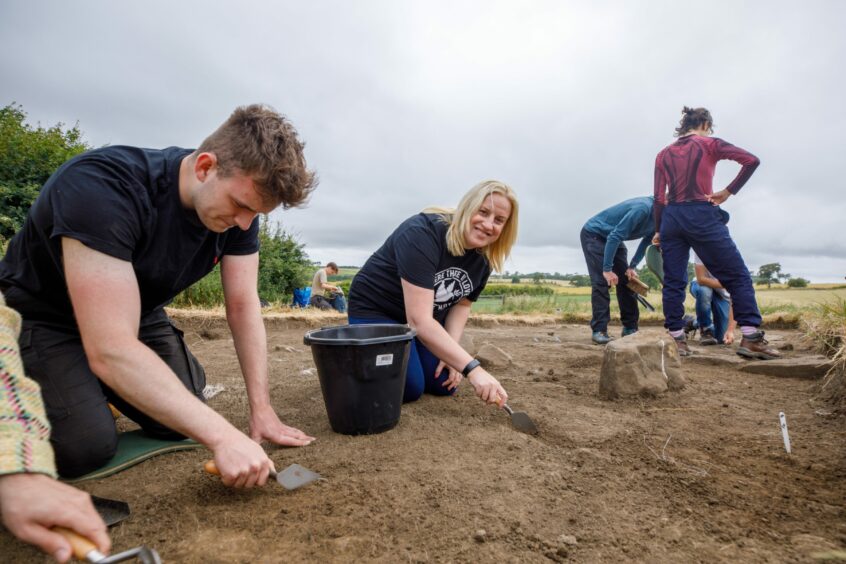
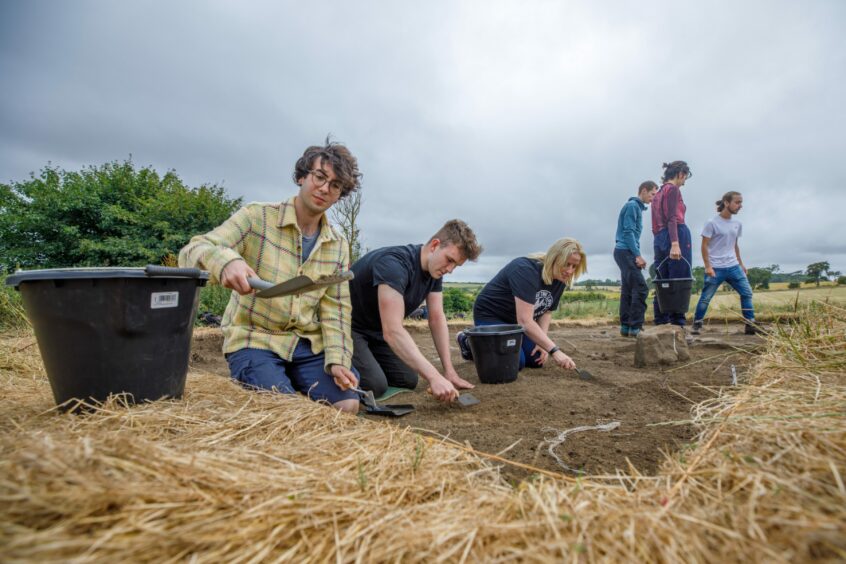
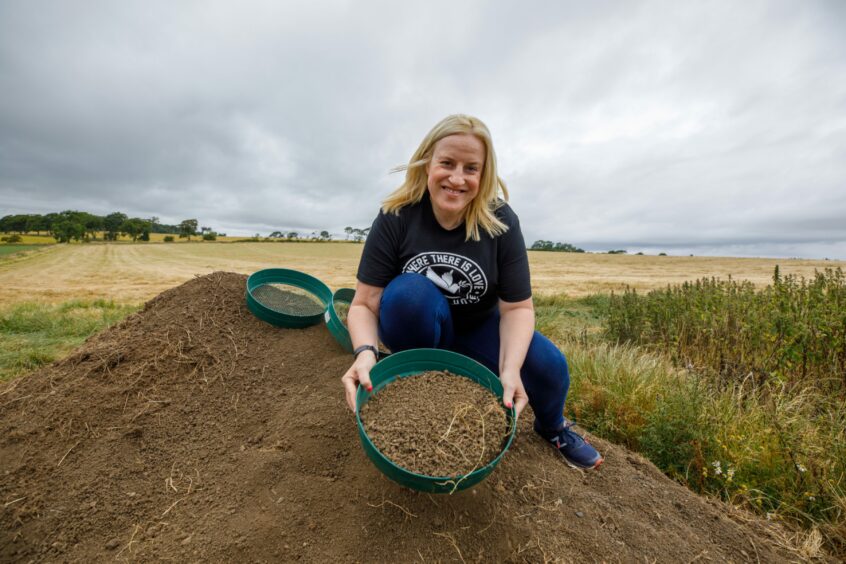
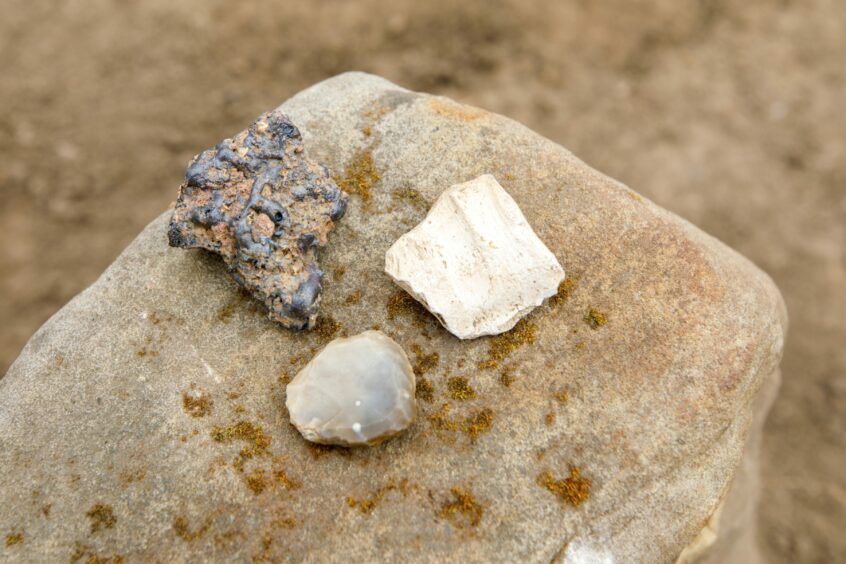
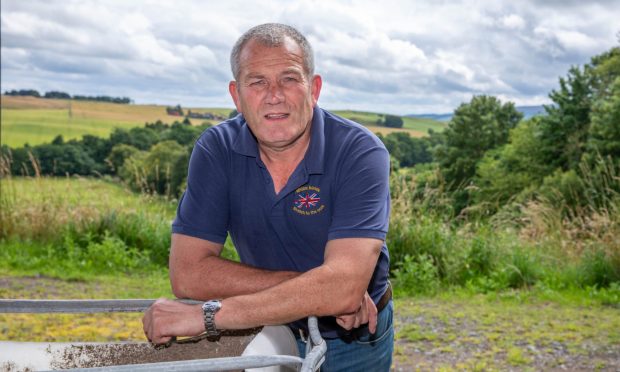
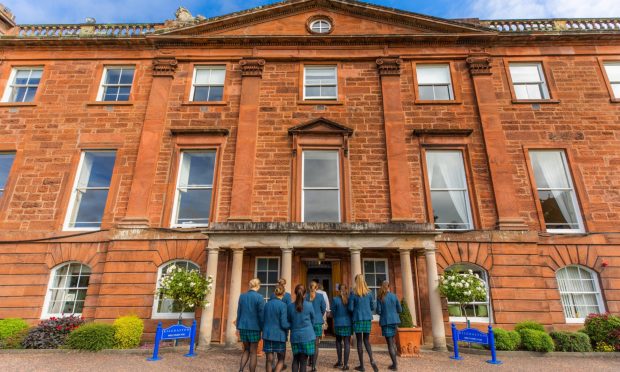

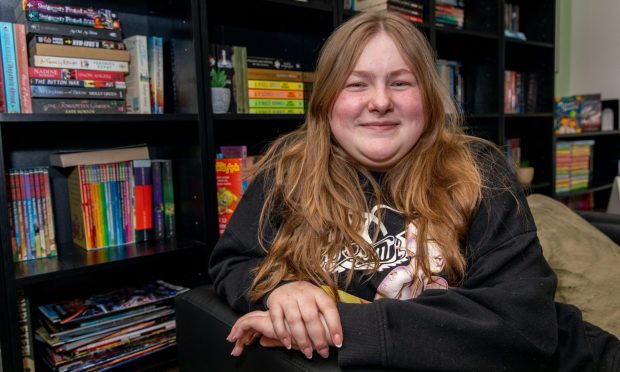
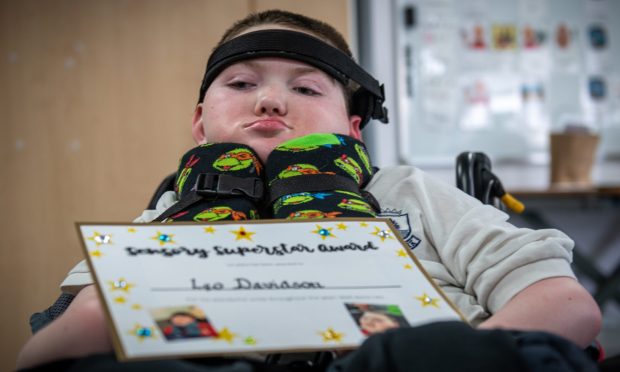
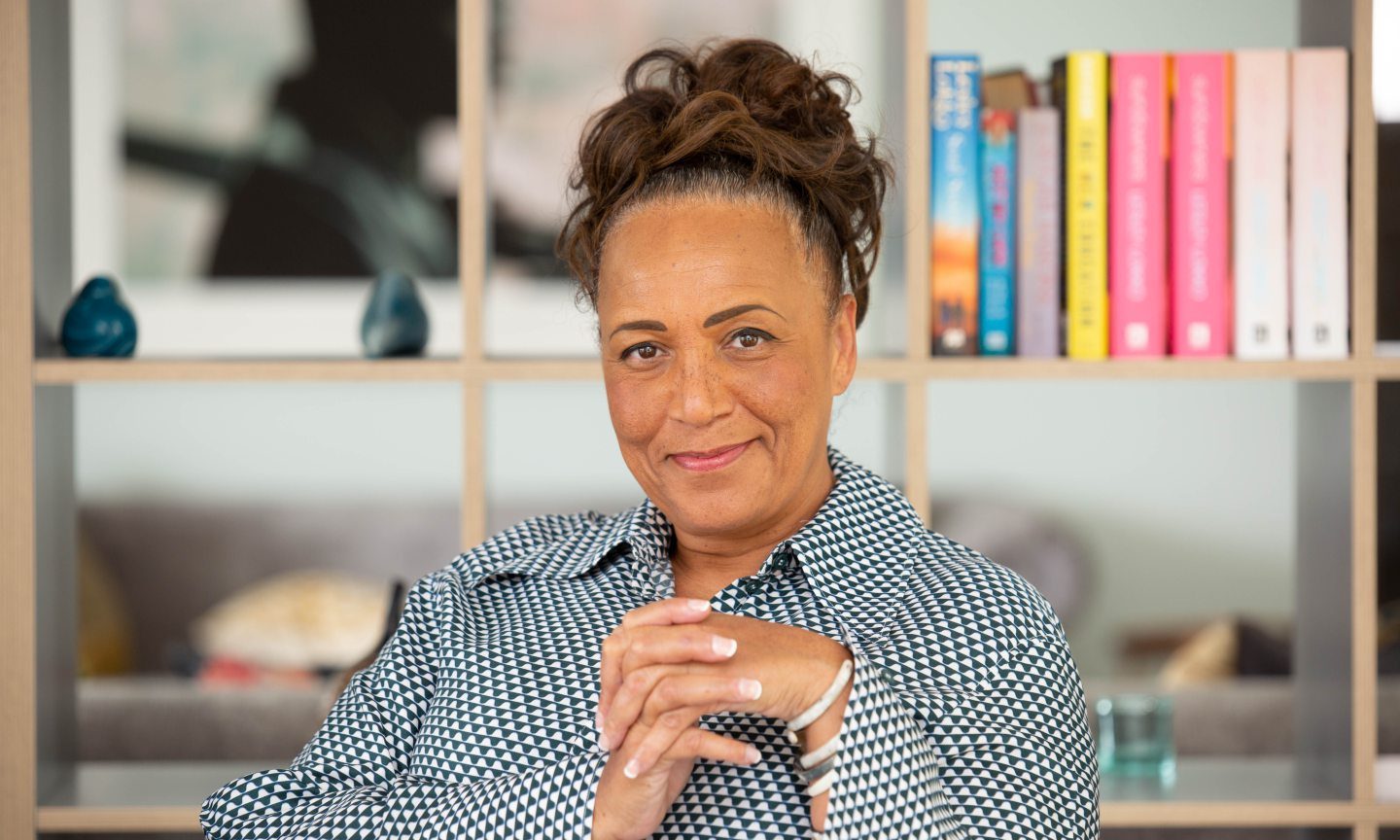
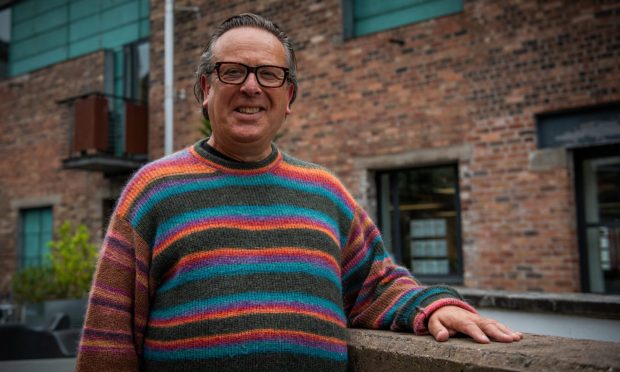
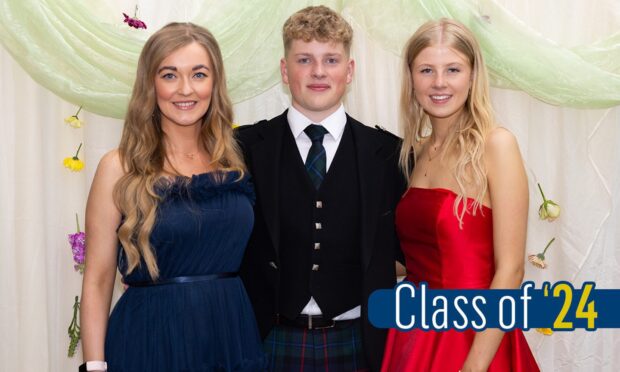
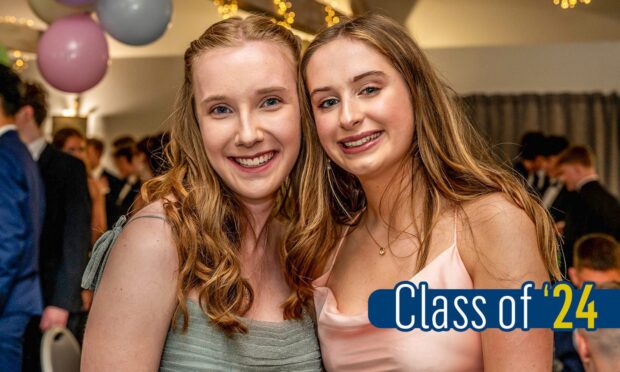
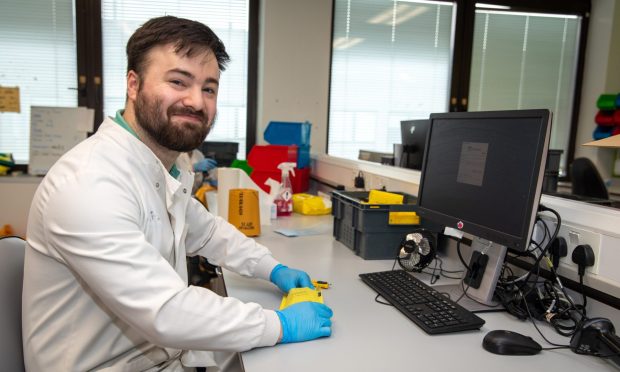
Conversation